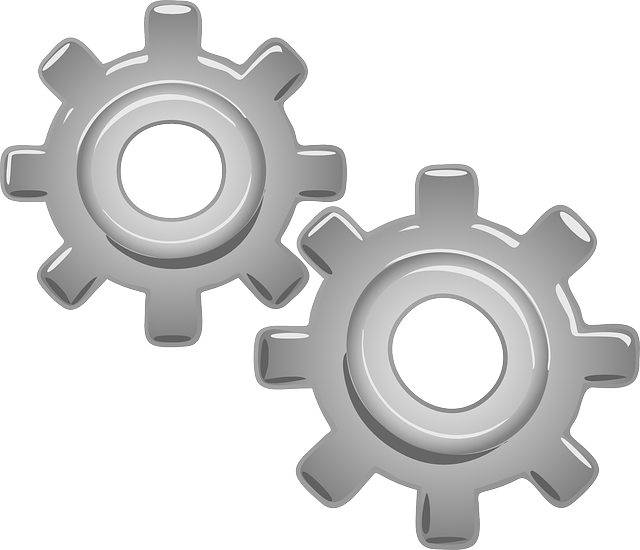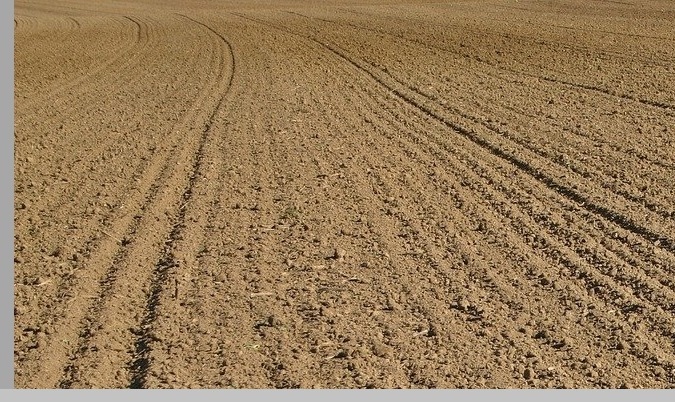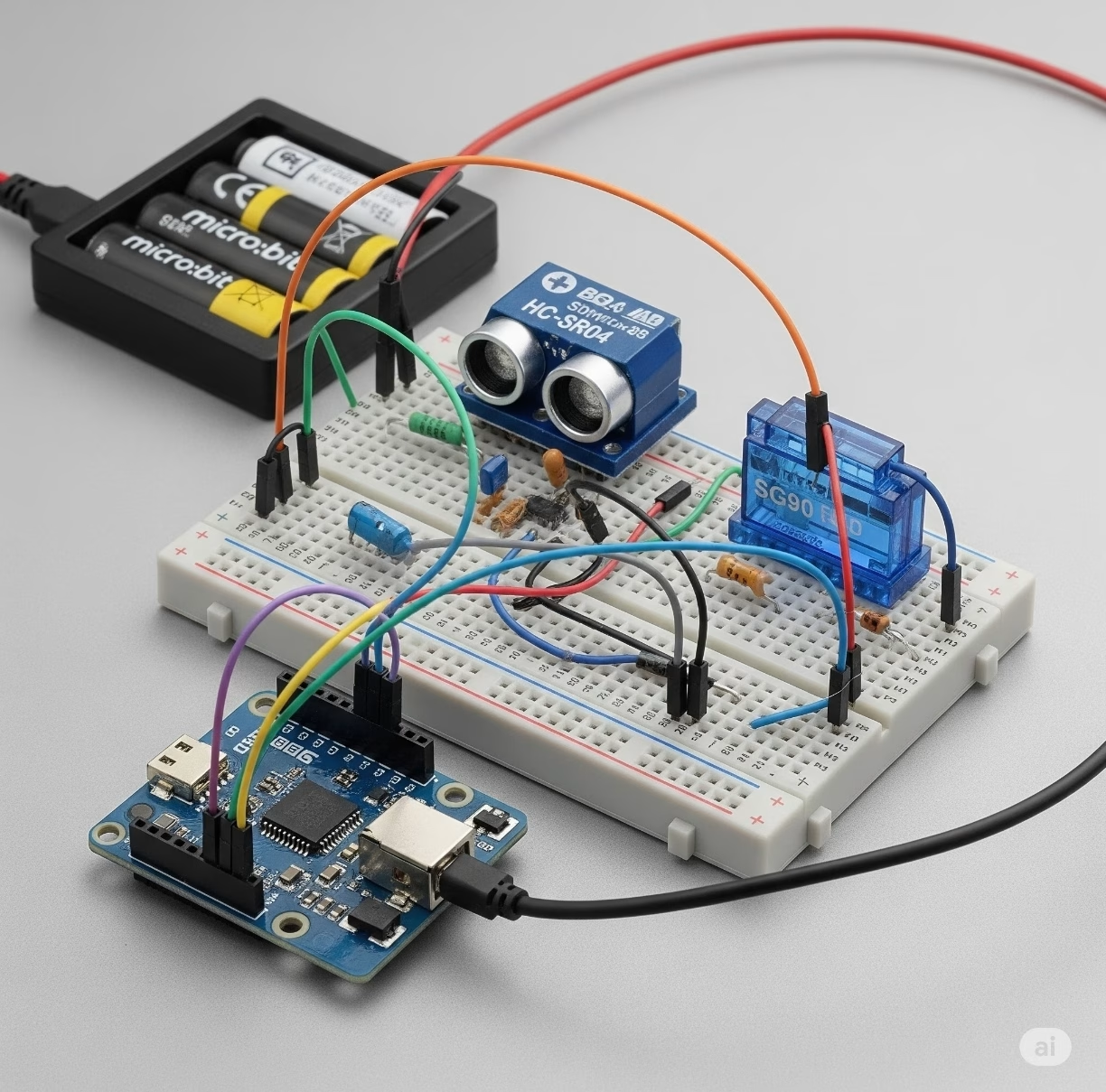Robot Mechanical Components

Generally, robots consist of basic components that we will talk about;
1 mechanical structure
2 transfers
3 Actuators
4 sensors
5 controllers
In fact, robot mechanical components used in robots are components that contain technologies similar to production benches and many other machines.
If high performances are expected from robots, high performance components that can fulfill certain functions should be used in these robots. Today, the integrated physical components of most industrial robots have characteristics similar to the human body structure.
That’s why; Considering the human factor in the production of the robot, it is important to use the terms such as arm, shoulder, waist, elbow, wrist, foot, hand in the robot of the different components that make up the robot.
Now let’s take a look at some of the basic functional features of robot mechanical components.
These are the ones that fulfill the motion functionality of Robots.
Motion System
This motion system determines the functional movements of the robot. For example, if we look at the function that provides the rotation movement from the robot mechanical components, we can express this as the rotation movement. With these systems, the robot can make right, left, forward, backward and up / down movements. In fact, these processes are made possible by the conversion of electrical energy into mechanical energy. These moving devices are known as actuators. The most commonly used motors for motion here are DC Motors.
Manipulators, which are mechanical components of robots and used mechanically, are the main components of robots. Here manipulators consist of a series of structural links that allow relative movement between the successive linkages. We can name the parts that make up the manipulator as arm, body, wrist and terminal element. The second one is commonly known as the gripper. Arms and body manipulators can be divided into two different categories. Each of these has a unique function.
Arms and Body
They are used to move the moving parts of the robots that can perform the motion functions within a working section. Here, the arms and trunk consist of three main joints connected by main links.
Wrist
Wrists, which are robot mechanical components and consist of two or three compact joints, are used for guiding tools or parts. We said earlier that robot manipulators consist of a series of linkages and joint combinations. In this section, the connection components that connect the joints or axes are referred to as links. Links, namely axes, are robotic manipulator moving components that can be placed between adjacent links and cause relative motion. Here, these mechanical connections of the robotic arm manipulator consist of five main bases. Three of the joints here are of the rotary type, and this is where the relative movement involves the rotation between the joints. If the two are linear, they actually assist in non-rotating motion between adjacent links here. Apart from that, the arm and body components of robotic manipulators have four different configurations. Each of these components provides different working areas and is also suitable for use in different applications. The part called portal is; cylindrical jointed arm.
controllers
Here, the controllers, one of the robot mechanical components, are actually expressed as the physical brain, that is, the memory of a robot. Here the controller is actually a microcomputer with a central main unit, main memory, power and interfaces to access external elements. This controller allows the manipulator to process every move, action, calculation and information. Here it receives and transmits signals for other components via input and output signals. It allows the robot to store the currently coded programs.
position controller
This position control only takes part in controlling the position of the terminal element.
Kinematic Control
Regulates the speed of the robot.
dynamic control
Together with manipulators, it provides dynamic control of motors and related elements.
Adaptive Control
It helps manipulators change and adapt in different positions.
Power source
Each robot needs a power supply system to operate. In fact, we can express the power source as an energy store for the robot. If the robot is not supplied with energy, the motion function will not occur. It only appears to be in sleep mode. Therefore, we will need a power source to operate the robot. In fact, many robots in the world use this DC source. Here, the use of solar energy may become possible for some types of robots.
Actuator System
Components that transform the energy given to the robot into a physical function related to motion are referred to as the actuator system.
Now let’s look at what the main components of robots are.
mechanically manipulator
These robot mechanical components are expressed as the main components of robots. It consists of a series of structural connections that allow relative movement between the continuation of each other. The parts that make up the manipulator are expressed as the body, arm, wrist and terminal element. The other one is called a clamp.
There is a wide variety of actuators used in current robotic arms. These are referred to as synchronous actuator and asynchronous actuator.
synchronous actuator
The motor consists of a rotor that rotates synchronously with the oscillating field or current.
asynchronous actuator
The motors used in the robot are designed to generate torque. If we give examples of these; hydraulics, AC servo motors, traction motors, and pneumatics.
Sensor System
Here, sensors are used to detect some data to enable the robot to communicate with external environments. Here the sensors help the robot to detect external environment data. According to the programming made, the environment becomes responsive to changes in the conditions used in coding, obstacles in front of it, and distance differences.
Sensors also provide information about the internal components they house, including data from environmental factors. This information is used to calculate appropriate commands to be processed as received data and sent to the actuators.
There are many sensors used in robots. If it is necessary to give examples of these; Ultrasonic sensors are infrared light and/or laser type sensors. These sensors form the basis of laser scanners that enable the robot to be aware of external environments around the central processing unit of the robot, namely the decision-making mechanism.
End Effector
There is an end-effector used in robots. It is expressed by the device or tool found at the end of this robotic arm, which is one of the robot’s mechanical components. The end effectors used in robots vary according to the application of the robot. It would not be correct to consider the feet of a human-like robot or the wheels of a mobile robot as the final effector. These are considered part of the mobility of a robot. As robotic technologies develop in the future, there will be changes in the expressions mentioned here. Some new expressions will be added or some expressions may be removed from existing ones. Since robotics topics are subject to development, there will be many topics that continue to evolve as the complexity of components continues to be developed, as well as component types and their purposes.









